INTRODUCTION
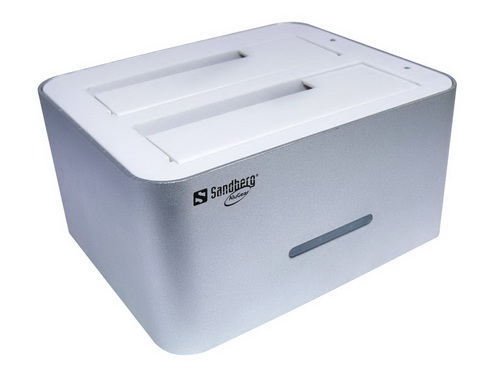
External HDD Docking Stations may not be perfect (occasional issues with USB 3.0 models) and are certainly not as fast as an internal SATA III connection but regardless of these two they are also without doubt some of the most convenient accessories for computers ever manufactured. Of course ever since the first USB 2.0 HDD docking stations made their appearance a few years ago many new features have been added from Firewire, eSATA and USB 3.0 connectivity up to dual HDD docking stations with (select few solutions) or without RAID0/1 modes. However some manufacturers choose to walk another path and so Sandberg just released their second HDD Cloner and as expected we have been playing with it for the past week.
Sandberg A/S is a Danish company with a clear ideology: We want to make it easier to get hold of computer accessories. Everyone should be able to find the right accessories in the shop and get them to work once they've got them home without the need for specialist knowledge. The basic idea of Sandberg wanting to make things easier for both consumers and dealers has imbued the spirit of everything that Sandberg has done since 1985, when the company was founded by the two brothers Martin Hollerup and Erling Hoff Petersen.
The latest HDD Cloner by Sandberg is basically a dual bay HDD Docking station with USB 3.0 connectivity and the ability to completely clone drive A to drive B without the need for a computer. Almost a year ago the original USB 2.0 HDD Cloner from Sandberg was on my test bed and it managed to produce quite good results and so because of that i was waiting to see how much higher transfer rates the USB 3.0 model could achieve when used as a Docking Station and why not how much faster it would be when cloning a drive. Well now that the new model has finally arrived the only real question is just how good it turned out to be and whether or not it met my expectations.
SPECIFICATIONS AND FEATURES


PACKAGING AND CONTENTS
At the front you will see large product image right next to the main features and two pictures pointing out that you can clone a drive without the need for a computer.
Two more product images showcasing the cloning process are placed on both sides.
A few words about the product written in 10 languages are present at the rear of the box right above a list with the bundle contents and another one with the unit’s specifications.
The bundle includes the USB 3.0 HDD cloner, USB 3.0 cable, AC power adapter, user’s manual and a paper promoting the various web giveaways by Sandberg.
THE USB 3.0 HDD CLONER
The unit’s chassis is partially made from aluminum (silver surrounding area) and measures 135mm in width, 115mm in depth and 70mm in height.
The front fascia is a lot more elegant (and plain) than the one of the first HDD cloner.
Both the Sandberg and AluGear (products by Sandberg with aluminum parts) logos are placed at the top left of the fascia.
There are 5 blue activity LEDs behind this area.
Unfortunately unlike the surrounding area the rest of the unit is made from white hard plastic which may look good but nowhere close to what the unit would if it was entirely made from aluminum.
Both bays are tagged and each comes with its own activity LED. I did expect an eject button for the drives but removing them is very easy.
At the rear we see the On/Off button, DC power port, USB 3.0 host port and the disk cloning (copy) button.
The main part of this test will be performed using two Kingston HyperX 120GB SATA III SSDs.
While the HDD Cloner is used as a regular docking station the front activity LEDs are all turned on. However once you start copying one drive to the other the activity LEDs light up gradually according with the completion level (each LED equals to 20% completion).
TEST BED

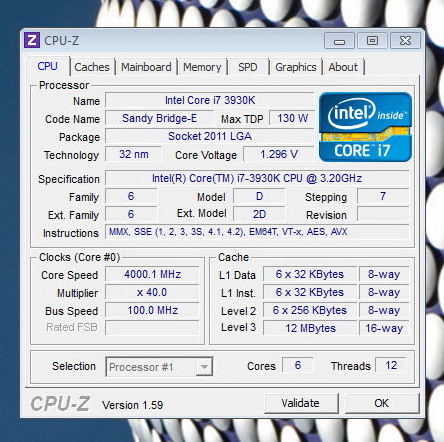
TESTING METHODOLOGY
Complicating things is not really our way so our testing procedure will be almost identical to how we test USB 3.0 hubs so once again we will be using Kingston HyperX 120GB SATA III SSDs with every docking station not only so we can max out the performance of our USB 3.0 controller but also to be able to perform every write test required (USB flash drives are not all capable of that). Our standard selection of benchmark suites is used here as well including the famous HD Tach RW (Long Bench 32mb Zones), HD Tune Pro (read/write -when possible- speeds), Sisoftware Sandra Pro (Read/Write speeds), AIDA64 (Linear Read/Random Read), Crystal Disk Mark x64 (100MB-read/write speeds) and finally the quite outdated yet highly reliable ATTO 2.46 (Max Read/Max Write speeds). Every test was repeated for a total of 6 times and after that the average (not peak) performance numbers were recorded into our graphs. Like always every test was performed in a fresh installation of Microsoft Windows 7 Service Pack 1 with every update installed up to April 27th 2012.
For the cloning tests we really tried to cover almost every scenario possible and so we ended up using two identical Kingston HyperX 120GB SSDs, two Western Digital Caviar Black 1TB HDDs and two Seagate Constellation ES.2 3TB HDDs. Of course due to the very long time required to copy each drive onto the other and also since cloning is done without using a computer the tests were completed only once each and then recorded to our charts.
TEST RESULTS - AIDA64 / ATTO
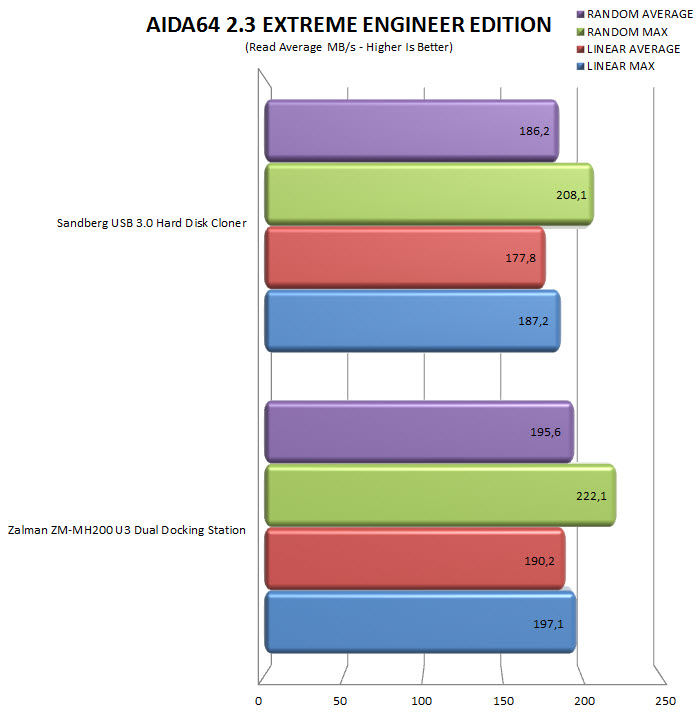
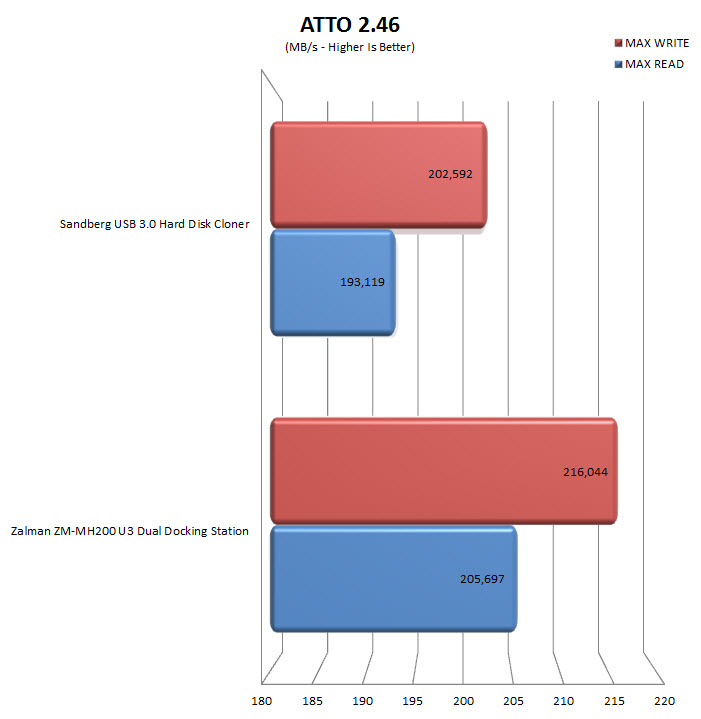
TEST RESULTS - HD TACH RW / HD TUNE PRO
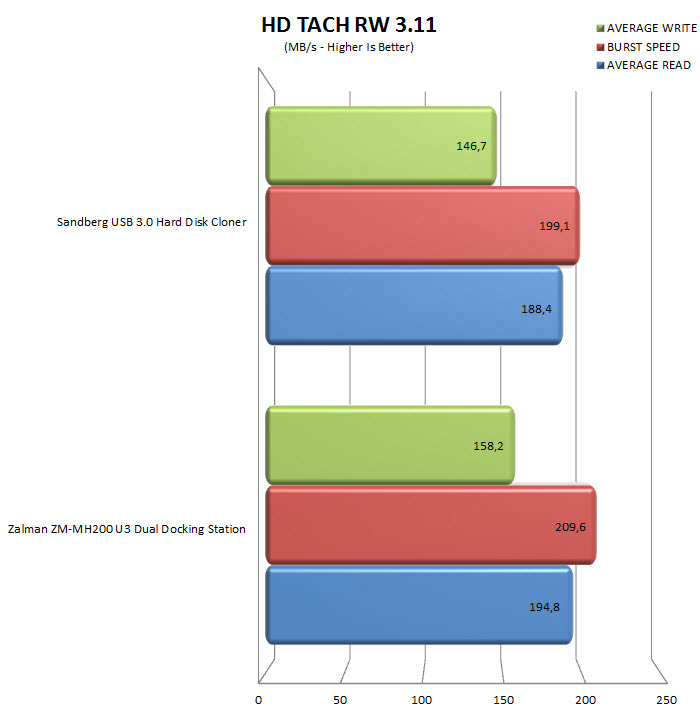
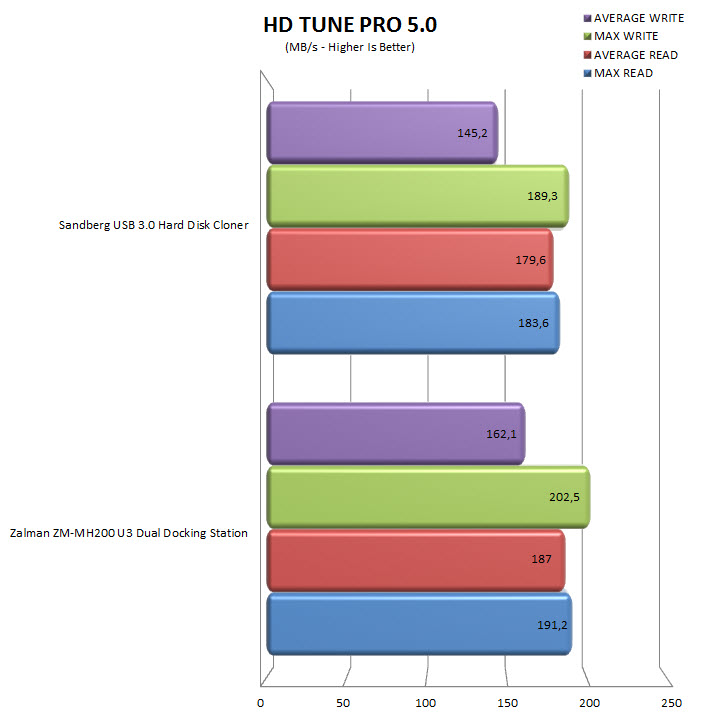
TEST RESULTS - SISOFTWARE SANDRA PRO / CRYSTAL DISK MARK X64
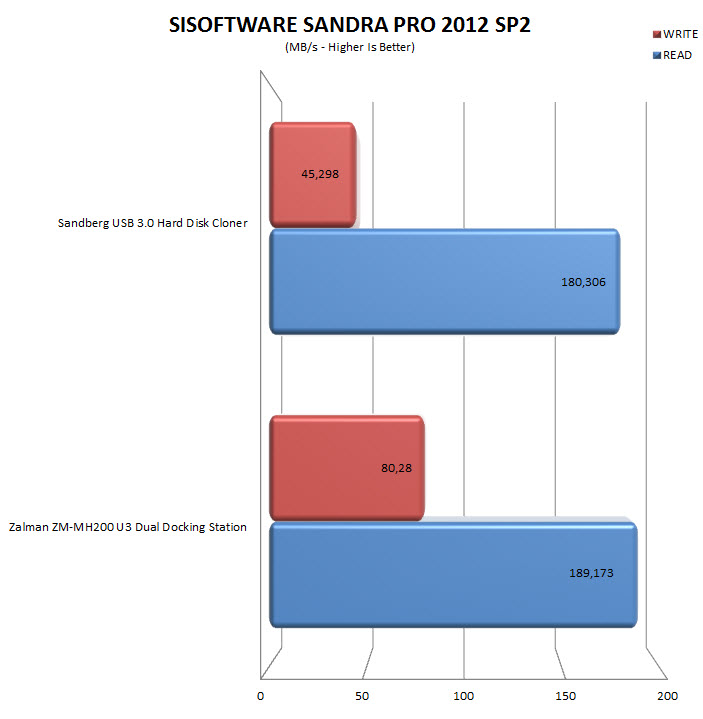

TEST RESULTS - DISK CLONING

CONCLUSION
The Sandberg USB 3.0 HDD Cloner left me with mixed feelings since on one hand it's a very good external dual HDD docking station with very good transfer speeds (not as good as the Zalman enclosure but keep in mind that this is primarily a disk cloner device) but on the other hand it takes forever to clone a high capacity HDD onto another. According to the people who designed the unit this is done because the entire procedure actually clones every single sector of the drive regardless of whether or not it's written or empty. There's a bright side however to all of this and that's the simplicity of the cloner which allows it to be used by pretty much everyone out there so for people who don't know how or simply can't perform the same cloning procedure using their computer the USB 3.0 HDD Cloner by Sandberg could be the ideal solution (as long as they are not in a hurry).
As with most products manufactured by Sandberg i was only able to locate the USB 3.0 HDD Cloner inside the EU where it's sold for around 55Euros a price which is not too shabby since we are talking about an dual bay USB 3.0 docking station with disk cloning capability. True people who actually know their way around the interior of a computer would be better off cloning a drive by using the internal SATA connectors paired with an cloning suite like Acronis or Casper and save lots of time in the process. However for people who are not so knowledgeable the USB 3.0HDD Cloner by Sandberg is both an easy to use drive cloner and a dual bay external HDD docking station and that's why we can't really deny it our Golden award.

PROS
- Build Quality (Aluminum Exterior)
- Performance (Read/Write Speeds)
- USB 3.0
- Dual Docking Station
- Standalone Drive Cloner
- Price (For Some)
CONS
- Cloning Procedure Takes Long To Complete

 O-Sense
O-Sense





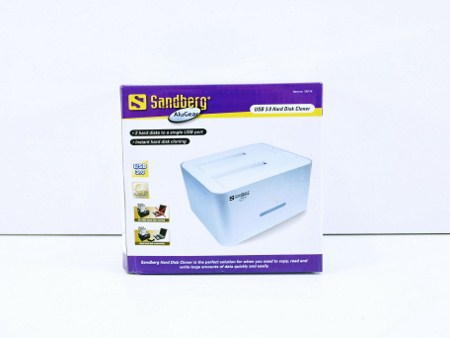
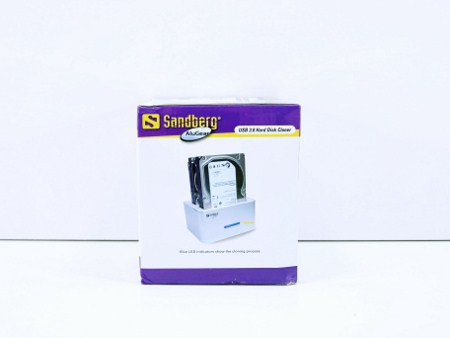
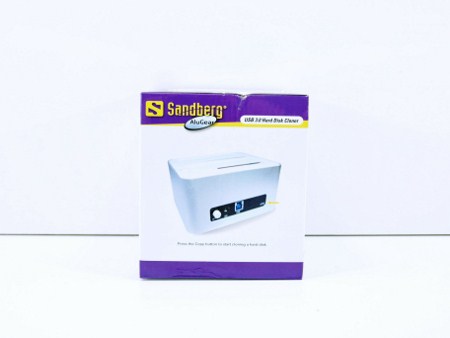
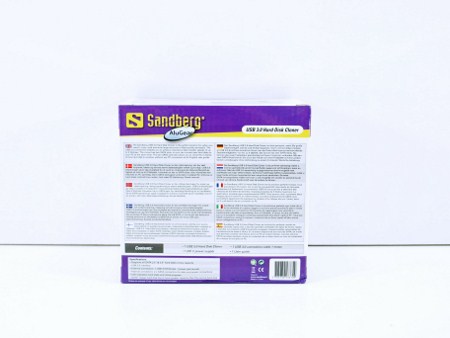
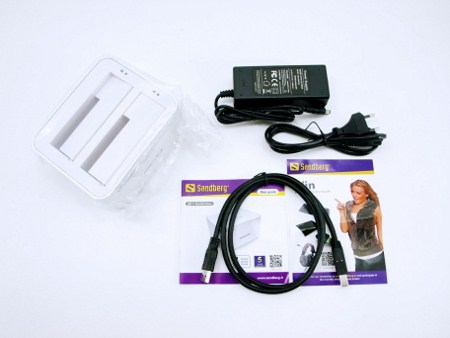

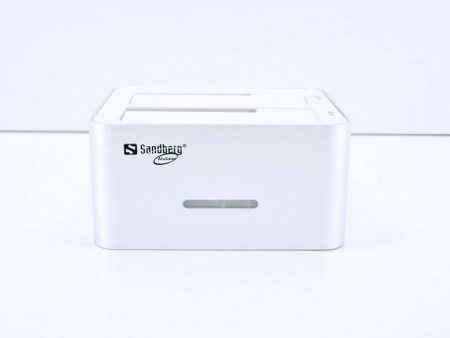
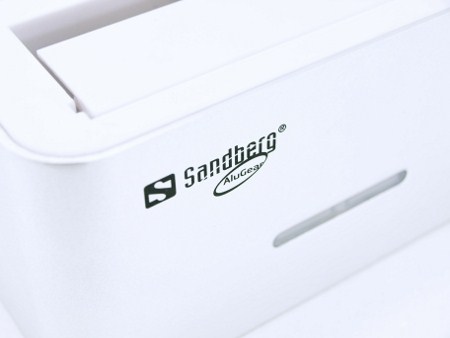
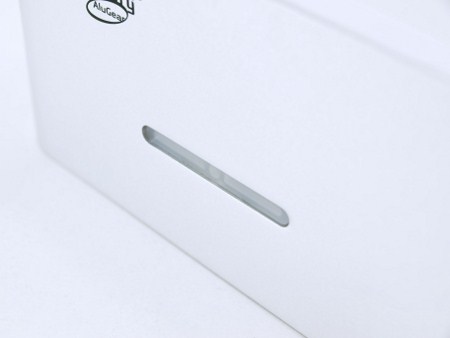
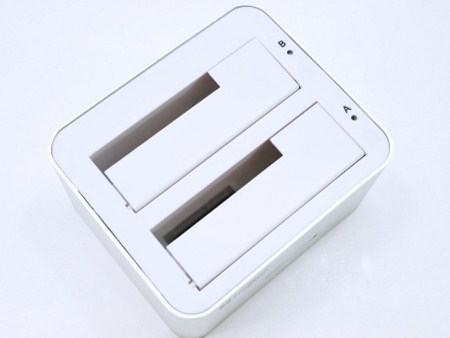
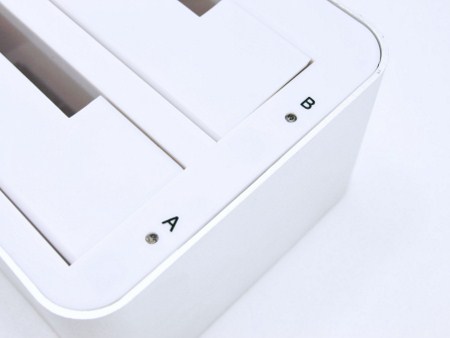
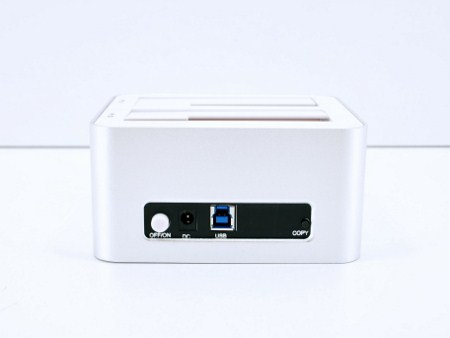
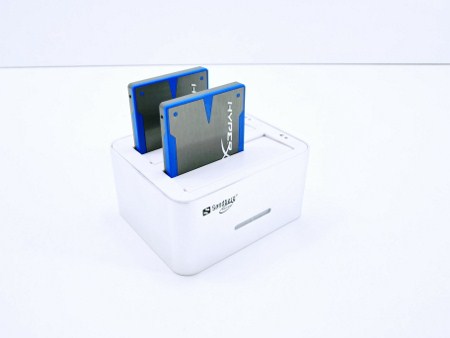
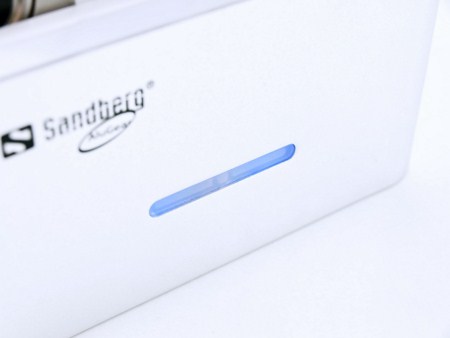
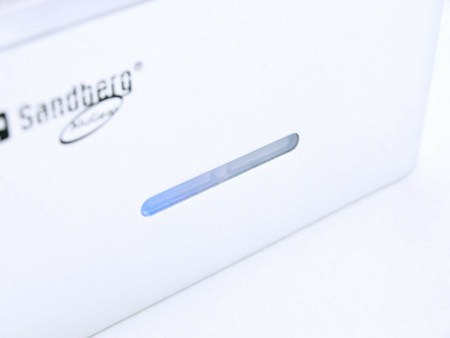
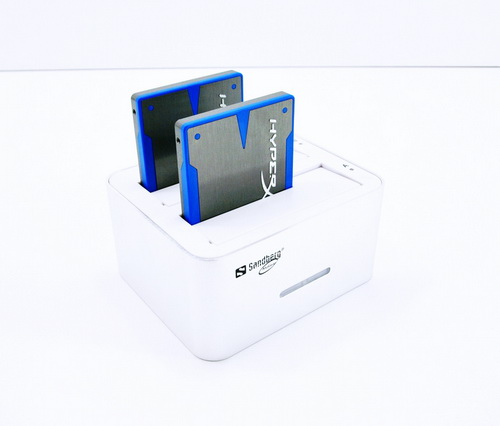


.png)

